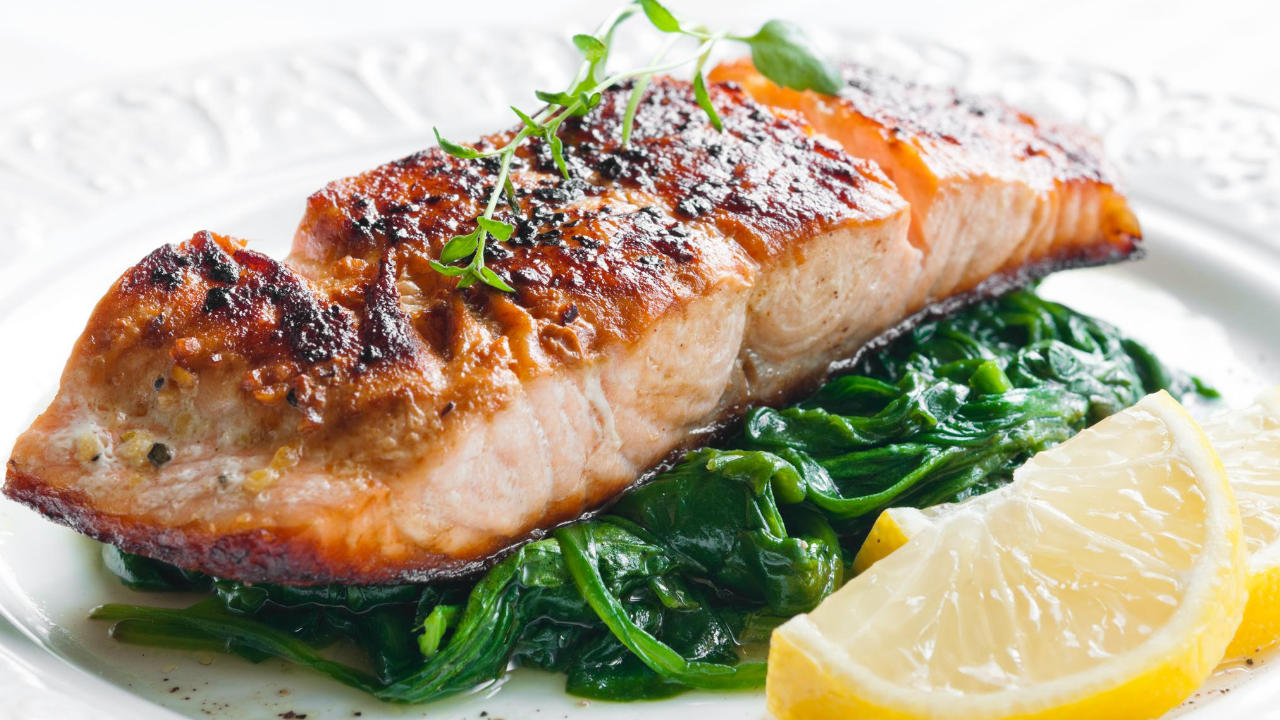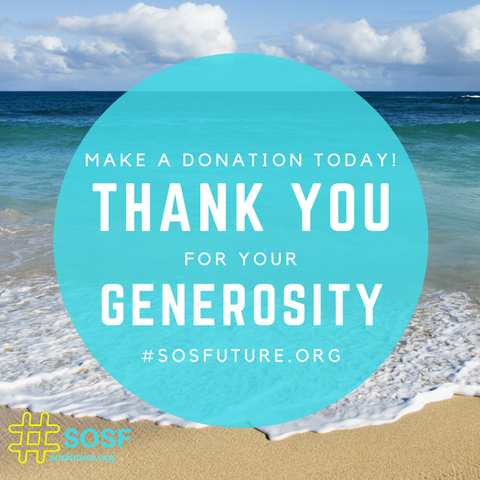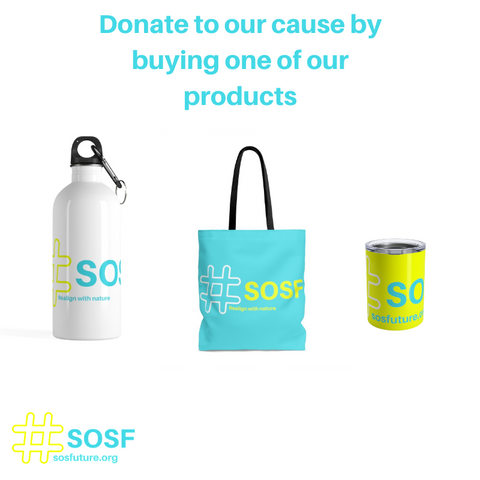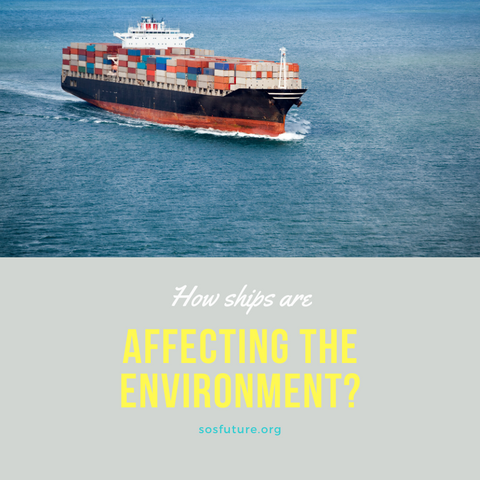
The country of Brazil is one made of beautiful, endlessly long beaches, incredible landscapes, and rich culture. Nevertheless, it is also one that is known for questionable practices, modern slavery, and exploitation, especially of the indigenous people. In fact, in 2018, a report was published that outlined the exploitation that took place in numerous areas of Brazil which was linked to the Norwegian production of salmon. More specifically, the report outlined how Brazilian suppliers were buying raw materials from farms that were closely linked to numerous land conflicts, the use of pesticides that were prohibited, deforestation (namely illegal), and the misuse of land that was reserved for the indigenous population. Not only are the indigenous populations of Brazil already marginalized and continuously pushed to their limits both in terms of having to change their living environment according to businesses’ needs for land through deforestation, but they are also politically marginalized as their voices are often silenced by politicians who prefer focusing on the capitalist aspect of deforestation: where there’s money, human rights are often disregarded. This article will be taking a look at the involvement of Brazil and Norway in this scandal, at how land conflict, pesticides, illegal deforestation, and the misuse of indigenous lands are issues we should all be caring about. Additionally, this post will discuss why your choice of food as a consumer and customer directly impacts this, and thus your own personal responsibility in this.
Land Conflict and Indigenous Peoples’ Rights
The misuse of indigenous land has always been a prominent issue in Brazil. Indigenous populations have been living in the country’s forests for hundreds, if not thousands, of years and therefore have rights over certain areas of the land. For example, the report states that “Brazil’s Indian Statute of 1973 expressly prohibits the leasing of indigenous areas: they are reserved for the exclusive use of their traditional residents” (p.28). However, these rights are often infringed under the name of capitalism, and rarely is accountability held. The logic is simple: if the land is needed to raise cattle, or, in this case, to grow soy to feed to animals and fish, the residents of that land need to go. For the indigenous, this contributes to further exclusion and marginalization as they are forced out of their habitats; as they live off the land, taking this land away from them is taking away their livelihood. This is applicable to both peasants and indigenous people. Additionally, the need for soil is problematic as it takes land away from farmers who need it to produce other crops and to raise cattle. Soy is produced in order to be exported to Norway, thus the issue is not solely to be blamed on Brazil.
Additionally, it was found that the soy industry is heavily linked to the usage of slave labor and of precarious work– work that is contract-free, that offers no benefits, and that has very little security. This is because no worker, no matter how little they are paid, will ever be cheaper than a slave. Indeed, slavery still exists and is common in Brazil. It is simply categorized as ‘informal’ work.
Deforestation and Pesticide Use

Brazil uses the largest portion of pesticides in the world: over 20% of the marketed pesticide is utilized by this country. Whereas areas like the European Union have banned numerous pesticides due to their cancerous properties, Brazil’s laws have not. Thus, the consumption of such pesticides has led to numerous farmers as well as other community members to experience severe symptoms including “nausea, diarrhea, respiratory problems, or changes in blood and urine found by laboratory tests” (p.14).
Moreover, deforestation attributed to the need for a larger farming area to grow soy has accounted for 47,400 hectares of the Amazon. As mentioned above, deforestation and land conflict are closely related as one directly impacts the other; deforestation is taking away land from those who have the right to utilize it, and it is doing so illegally. Deforestation is not only problematic due to the land it is taking away from communities. The way forests and fields are prepared for farming often involves lighting humongous areas of land on fire to burn down the trees that are in the way. By doing so, greenhouse gases are emitted and thus deforestation is an incredible threat to global warming– especially because trees being burned down are also the trees needed to transform the CO2 emitted.
Why is this happening?
One of the main reasons why the intense production of soy comes from the need from Norway. The latter produces and exports over 60% of the world’s salmon needs. Additionally, as one of its biggest exported products, Norway wants to increase its production fivefold by 2050, therefore increasing the demand for soy as well. Soy is the main ingredient needed to feed the salmon, thus the more salmon is to be produced, the more food it requires. Nevertheless, due to EU laws about GMO (genetically modified organisms), the soy industry has to follow a strict set of guidelines regarding this when producing soy.
What’s my responsibility in all this?

As consumers, we all have a choice and a role to play in the impact that our actions and the products we buy have on the world. If you want to make sure not to support this industry, make sure to take a good look at the packaging or to ask the seller to tell you the origin of the salmon and what it was fed. If you care about the environment, deforestation and reducing climate change, you may also want to consider completely stopping buying salmon. Supporting industries that require soy or corn to feed cattle and fish, for example, will always require some kind of deforestation.
Who would have thought that the salmon you buy may have been in part produced through slavery and may have heavily contributed to climate change and increasing levels of deforestation in Norway? Indeed, this happens and it is only one example of many. As a consumer, you can choose to make the right choice and to buy your products from places you know don’t support such practices. On that note, we definitely encourage you to get more educated on the matter and to read the report yourself too!
TO HELP US CONTINUE WITH OUR MISSION YOU CAN:
Thank you, thank you, thank you, we could not do it without you!






I’m allright with all these things
I’knew this problem with the chili country but not with Brazil
I’m thinking it’s a very bad thing of the part of the Norway.
We must boycotte this salmon and buy with small industry.
Me I do it.
I hope a better world for the future generations